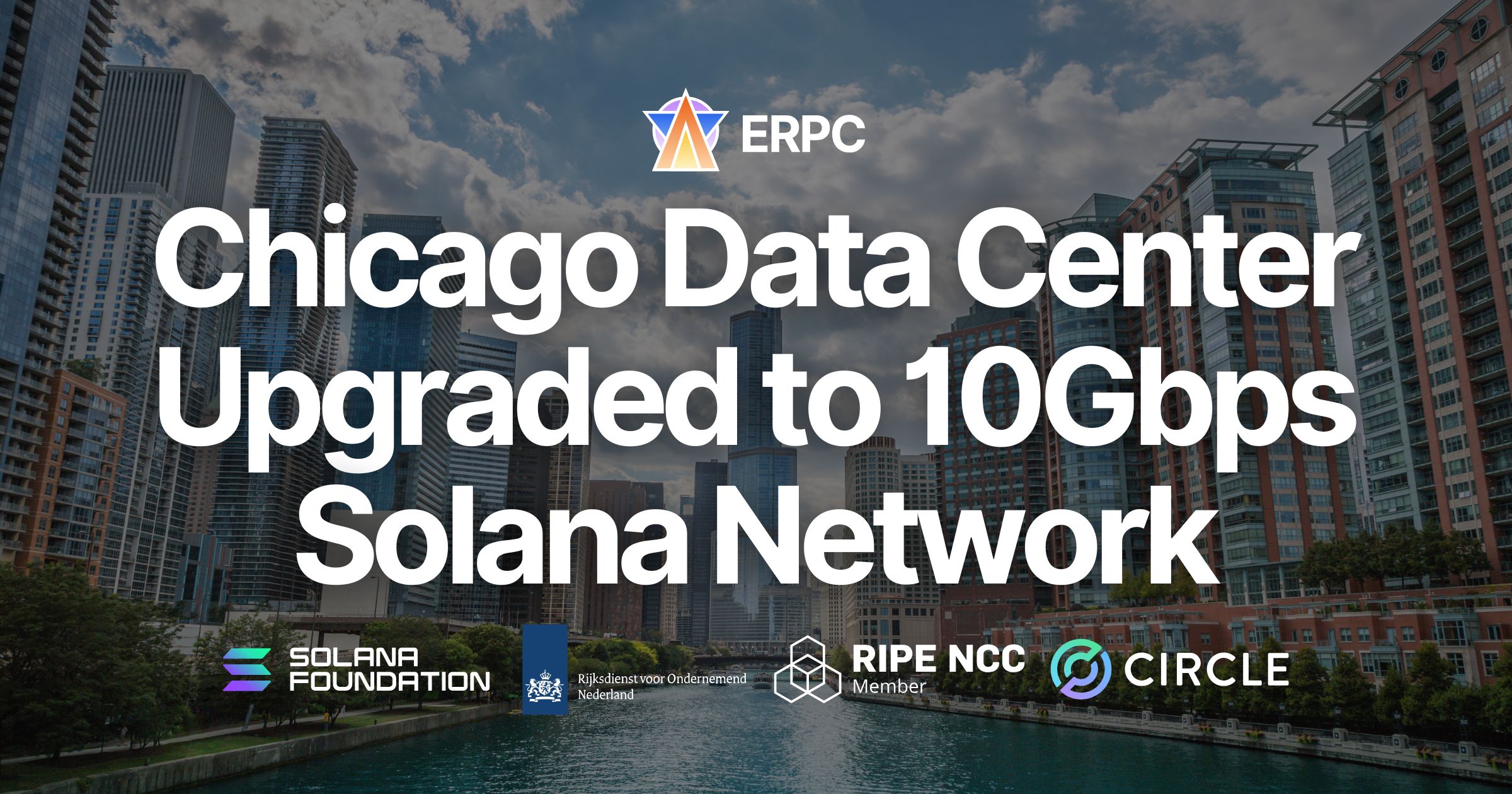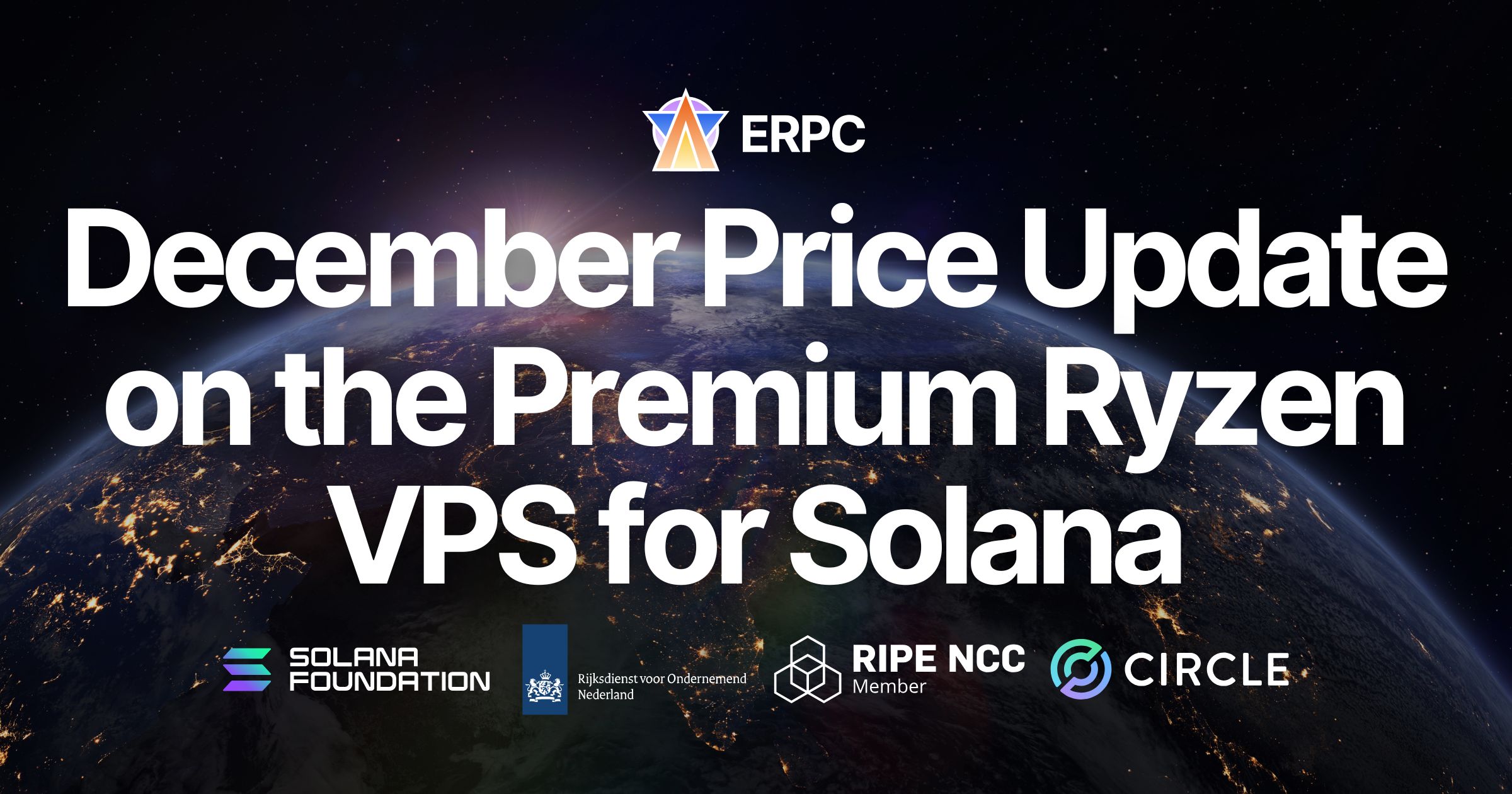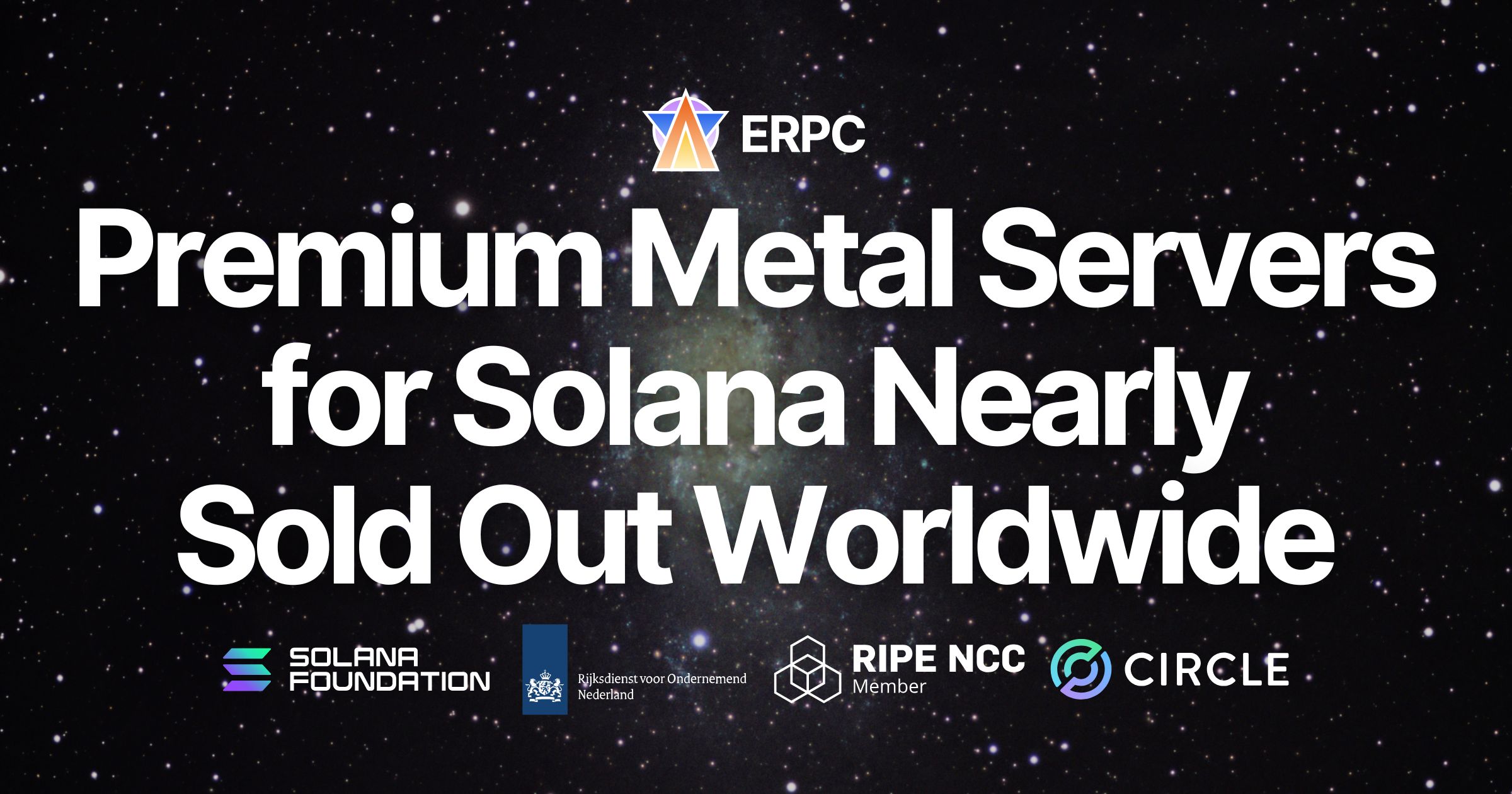”Why My Solana ShredStream Latency Keeps Increasing” Causes and Solutions
”Why My Solana ShredStream Latency Keeps Increasing” Causes and Solutions
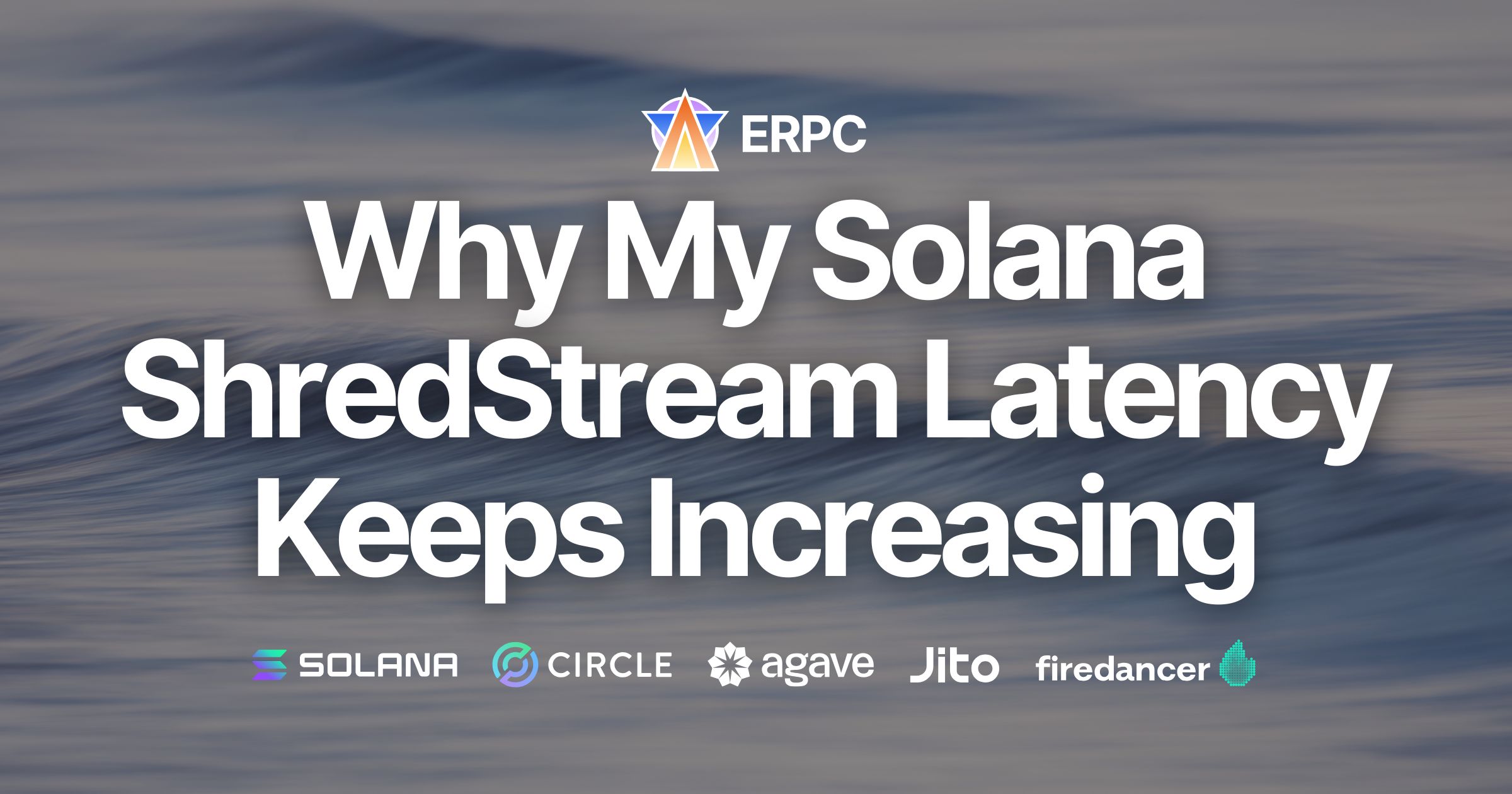
At ERPC, we frequently receive inquiries from customers using Solana's real-time data stream, stating that "ShredStream latency gradually increases and eventually stops."
In this article, we'll clearly explain the main reasons why this issue occurs and offer concrete solutions to improve your application's performance.
Why Does ShredStream Latency Keep Increasing?
Currently, ShredStream transmits nearly all real-time data without filters. Due to this, if the client's processing capabilities are insufficient, data accumulates, gradually increasing latency.
The main causes are as follows:
1. Processing with Node.js or Single-threaded Environments
Initially, the ShredStream client was built using TypeScript and the gRPC protocol. However, since filters are not yet implemented, using a single-threaded environment like Node.js quickly reaches processing limits, causing latency to continuously rise.
We identified that this issue does not occur when using a Rust client on the same machine, thus confirming the limitation of single-threaded processing.
Solution: Multi-threading with NAPI-RS
In response, we developed a solution using NAPI-RS technology, enabling multi-threaded processing in Rust while maintaining control from TypeScript. This solution, known as Solana Stream SDK, is open-source and publicly available:
- GitHub: ValidatorsDAO/solana-stream
If you're using Node.js or TypeScript, we highly recommend using this SDK. For maximum performance, consider using a native multi-threaded language like Rust.
2. Insufficient Server Performance (especially CPU Clock Speed)
Real-time stream applications utilizing Solana ShredStream typically operate adequately on a server with 4 cores and 16GB of RAM. However, CPU clock speed is extremely important. Lower clock speeds can lead to gradually increasing latency.
Servers intended to maximize profit often use older-generation CPUs or CPUs with many cores but low clock speeds. For example, fourth-generation AMD EPYC CPUs with many cores (such as the 84-core models) typically have a base clock of around 2.2GHz and often do not effectively utilize turbo boost. Since the recommended minimum requirement for Solana validators is 2.8GHz, we strongly advise clients also to adopt CPUs with at least this clock speed.
Additionally, VPS providers commonly use "overcommitment," a practice of dividing one physical server into multiple virtual servers. In an overcommitted environment, resource competition with other users frequently occurs during peak times, negatively impacting performance.
Solution: Use a VPS with the Latest Generation High-Clock CPUs
ERPC provides VPS servers equipped with the latest generation AMD EPYC CPUs featuring clock speeds up to 4.15GHz. These servers deliver performance close to bare-metal solutions, perfectly suited for Solana workloads requiring real-time data streams.
Previously, high-clock VPS solutions were unavailable, forcing users needing real-time performance to choose bare-metal servers. ERPC’s VPS offerings resolve this limitation.
We Recommend Our High-Performance EPYC VPS
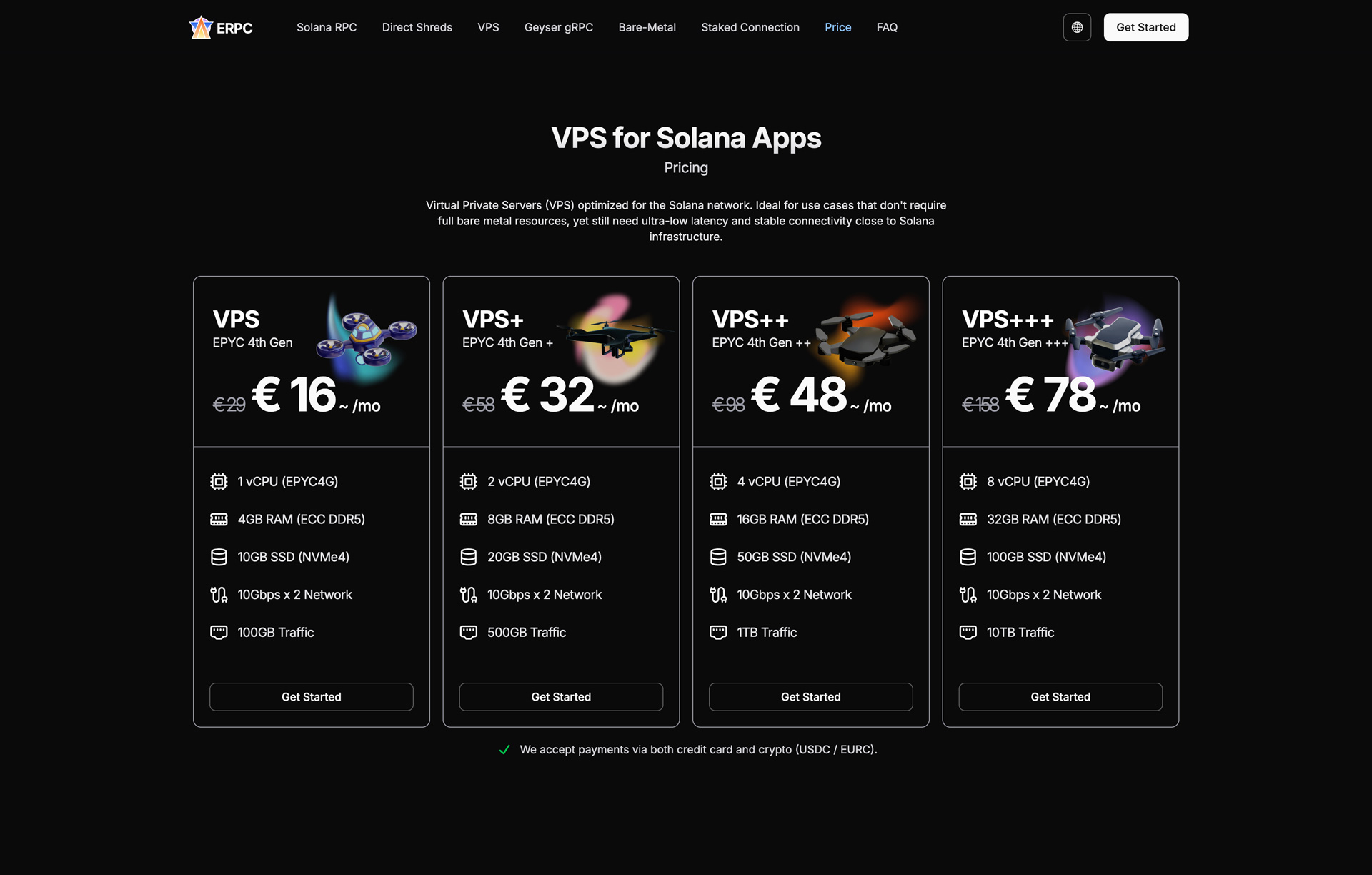
ERPC's VPS solutions are optimized for Solana’s real-time data streaming and highly praised by many high-frequency traders and projects.
These solutions are ideal for clients needing high performance without requiring the resources of a bare-metal server.
We encourage you to try our VPS solutions.
For free trials or detailed consultations, please visit Validators DAO's official Discord:
- Validators DAO Official Discord: https://discord.gg/C7ZQSrCkYR
ERPC remains committed to continued research and development to meet your evolving needs and support improved performance.
Thank you for your continued support.


